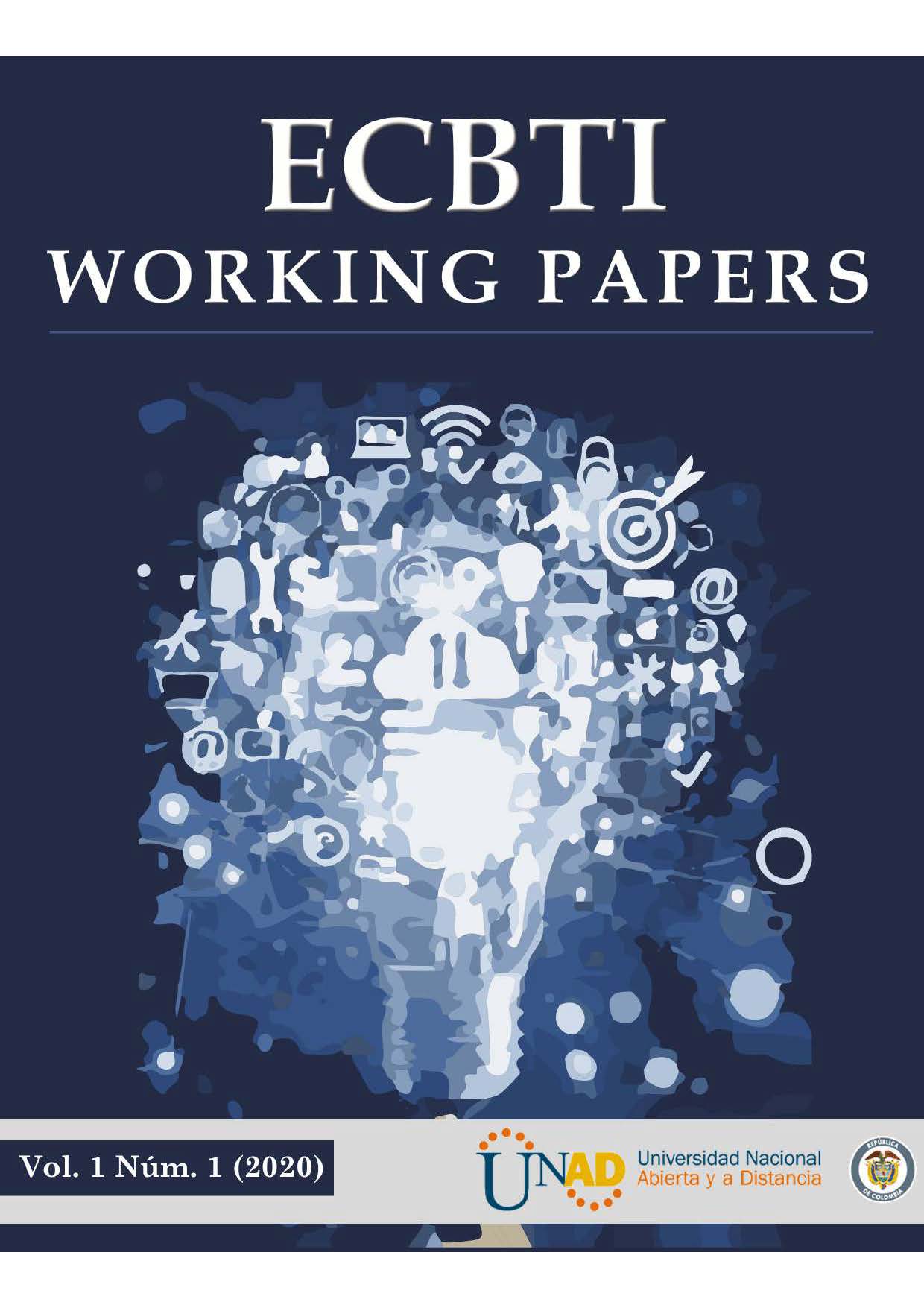132 / 5000 Resultados de traducción Obtaining paper from the peel of the passion fruit (passiflora edulis) and the evaluation of some physical and chemical properties
Paper production is mainly supported by wood due to its high cellulose content. However, alternative sources are currently being sought to discourage the use of this resource, favoring the protection of resources. The paper consists of a fiber-air gel, obtained from vegetable raw materials that have a considerable amount of cellulose (more than 40% by weight on a dry basis). The main solid constituent of paper is cellulose, which fibers are joined together by means of hydrogen bonds; these fibers are present in plant species that are part of organic waste. In Colombia, more than 63% of the waste generated is organic and very little is being used. This research focused on determining through laboratory tests the physicochemical characterization in the vegetable sample (cellulose, hemicellulose and lignin content), as well as in the study of the process conditions for the elaboration of paper from the husks of the Passion fruit, the statistical method Taguchi was applied and based on the results the best formulation was selected, the physicochemical properties of the paper obtained were determined (strength, wetting, texture, color, easy to fold and write). As a result, a material was obtained at a concentration of 500g, with a temperature of 40 ° C and a drying time of 8 hours.





